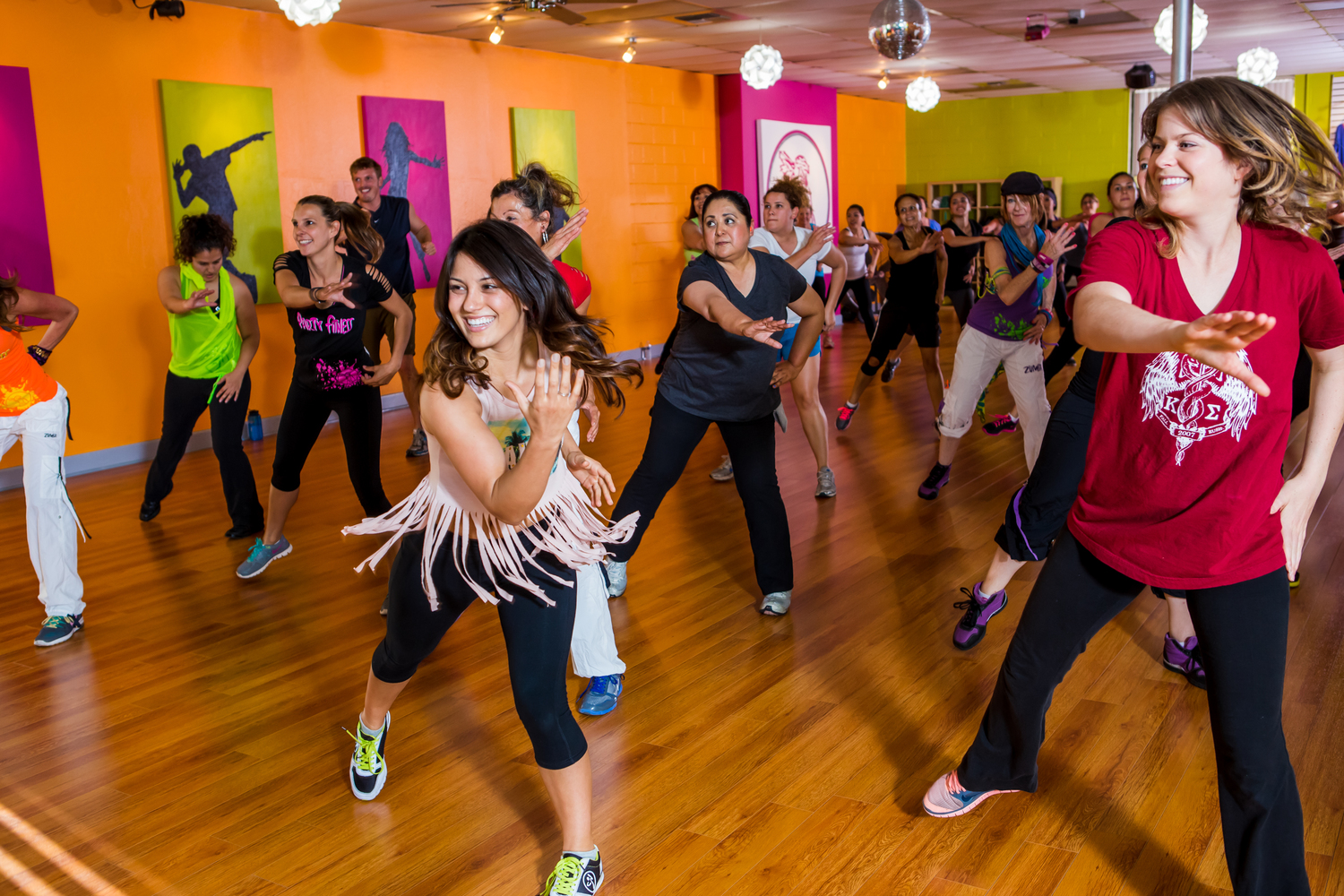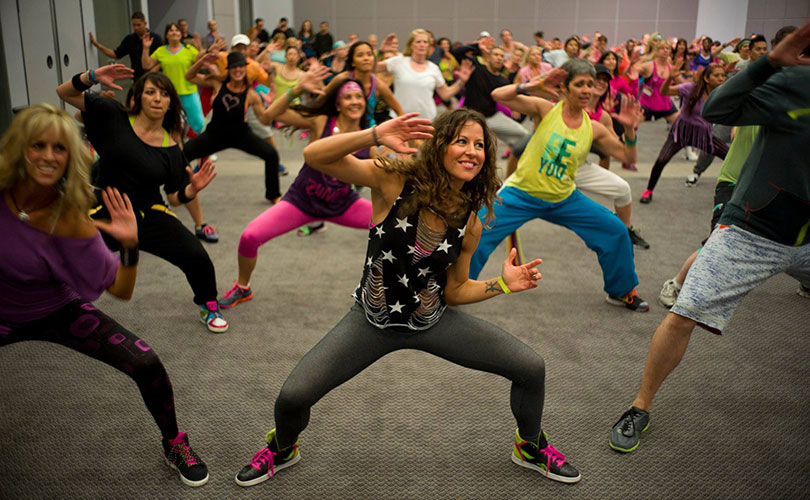
Ladies it is time to talk about you. This is not something to brush away. This is about you and your future. Your heart health is something to take on a serious note. Ladies, you do not have typical chest pain majority of the time when it comes to heart distress. The woman in this video is experiencing typical chest pain associated with a myocardial infarction, otherwise known as heart attack.
This video is seen to be what some people go through for a typical heart attack. They get sweaty, have some fullness in their arms, pain in their chest and jaw, as well as some indigestion. When a person has a heart attack, the arteries on the muscle spasm and cause decrease blood flow to the cells of the heart, causing cell death. After a cardiac cell has died, it will not be replaced. The quicker to go into the hospital to be treated the better(Samoraphop Banharak, Zahrli, T., & Hisako Matsuo, 2018). This next video is educational. It explains what are possible signs and symptoms of a typical heart attack.
When someone says chest pain, we think something is wrong with the heart. However, in some instances, chest pain is only felt in about 75 to 80% of the patients having a heart attack. Some have flu-like symptoms, such as physical discomfort, nausea, vomiting, fever, malaise, lethargy, weakness, and fatigue. Then there are some symptoms that are not typical like altered level of consciousness, inability to sleep, and sexual disfunction (Soares Passinho, Garcia Romero Sipolatti, Fioresi, & Caniçali Primo, 2018). This next video is about the silent heart attacks. This is what most women and diabetics tend to experience when experiencing a heart attack.
Because of the silent heart attacks that women experience, they do not seek help afterwards because they were unaware the event was related to their heart. Women are also less likely to care for themselves if they have a family. They have a partner to take care of, be it husband or boyfriend, wife or girlfriend, their children. They also care for the household chores, make dinner at night, ensure their children are bathed daily. Women do not feel they have enough time for themselves (Gyberg, Björck, Nielsen, Määttä, & Falk, 2016).
NEWS FLASH WOMEN–you need to take care of yourself and your heart health so you can take care of your family and your house.
Thank you.
References
Gyberg, A., Björck, L., Nielsen, S., Määttä, S., & Falk, K. (2016). Women’s help-seeking behaviour during a first acute myocardial infarction. Scandinavian Journal of Caring Sciences, 30(4), 670–677.
Samoraphop Banharak, Zahrli, T., & Hisako Matsuo. (2018). Public knowledge about risk factors, symptoms, and first decision-making in response to symptoms of heart attack among lay people. Pacific Rim International Journal of Nursing Research, 22(1), 18–29.
Soares Passinho, R., Garcia Romero Sipolatti, W., Fioresi, M., & Caniçali Primo, C. (2018). Signs, symptoms and complications of acute myocardial infarction. Journal of Nursing UFPE / Revista de Enfermagem UFPE, 12(1), 247–264.






